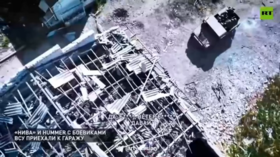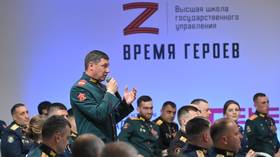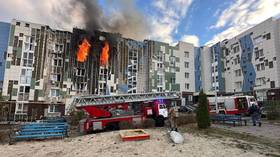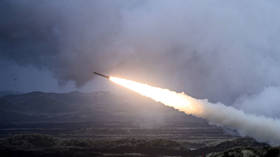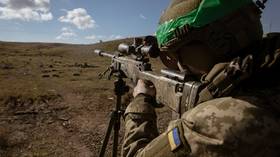Stars and auroras: Stunning beauty of night sky in 5 time-lapse videos
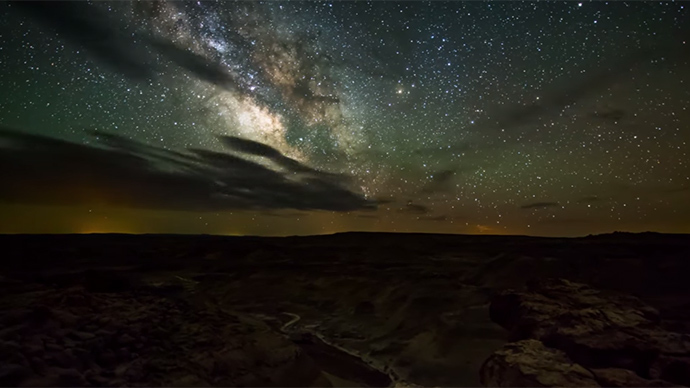
While most people are asleep, photographer Randy Halverson has been capturing some stunning images. From night-time storms to fairytale like sunrises, he has produced a series of magical videos showing the hidden beauties of nature.
His repertoire continues to grow, as does his fan base. Halverson’s latest video is entitled “Trails End,” which he published on his website Dakotalapse. It is also his favorite. It was shot across three US states – South Dakota, Wyoming and Utah.
“The slower moving light streaks are airplanes, the fast ones are satellites. I also caught many meteors which are only 1 frame or 1/24th of a second on the time-lapse,” he wrote on his YouTube page.
Halverson first became interested in creating time lapse videos during the late 1990s. Advances in technology have also helped him produce even better images; however he does admit there is a certain bit of luck involved.
“There are so many different factors that have to be just right to make it look good on a time lapse. It has to be moving at the right speed and direction and also the time of day,” he told RT by email.
Patience is the key for Halverson, but he does admit he does have to take a little extra care when night falls.
“I don't think it is very dangerous, except most of the time I am shooting in the dark so you have to be careful where you're walking and be aware of whatever animals are in the area. So it's really no more dangerous than if you were just camping,” he said.
Halverson actually takes still images with his DSLR camera, rather than filming videos as using a camera has a much greater “quality than speeding up video and 4k resolution.” He also adds one of his secrets, which allow him to capture the mesmerizing images, is through the use of long exposures of 10-30 seconds. This lets the camera sensors capture more light than a human eye can see.
The time-lapse photographer has spent most of his time snapping in the US, though he told RT: “There are a few areas that I would like to shoot someday, like Iceland and New Zealand.”
Editing hours or even days of photographs into a video which will last for just a couple of minutes may sound like a challenge, though Randy admits this is just part of a “learning curve.” He admits it can be an arduous task, though, “once you figure it out it's not that difficult.”
“I think storms are the most challenging,” he told RT. This is because “there are so many factors that have to be just right to make it look good on a time-lapse. It has to be moving at the right speed and direction and also the time of day.”
One of his earlier pieces, entitled Temporal Distortion, took him months to shoot, as he was dependent on the sky being clear. His journey took him across four states: White River in South Dakota, Arches National Park in Utah, the Canyon of the Ancients area in Colorado and Madison, Wisconsin.
His intention was to film the Milky Way from some unique angles. He encountered an unexpected but welcome surprise, as he managed to get some snaps of the aurora.



